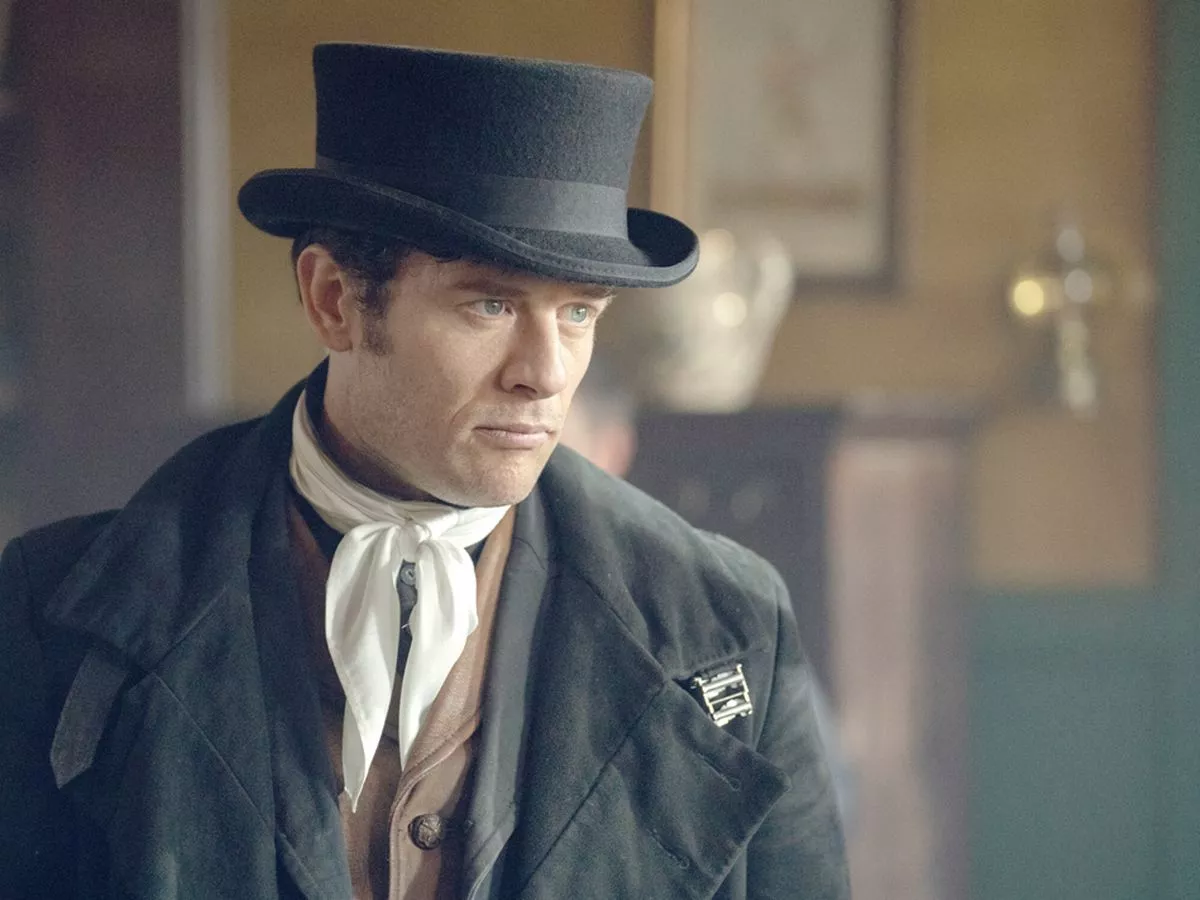By Neela Debnath
Copyright irishmirror

House of Guinness has finally been released on Netflix after much anticipation, with audiences eagerly watching the eight-part show. The series from Peaky Blinders creator Steven Knight follows the Guinness children in the wake of their father’s death as they forge ahead to build a new identity for the company, turning it into a world-class business. Netflix’s drama weaves together family drama, romance, politics and history, immersing audiences into the world of 1860s Dublin. The show features stunning locations and real-life figures and events as some are wondering if it’s a true story . Many are also curious about the history behind the show and the context of the story. Here’s a look at the era. The show starts off in 1868 in Dublin, Ireland, with the action taking place after the death of Guinness patriarch Benjamin Lee Guinness. His children Arthur (played by Anthony Boyle), Edward (Louis Partridge), Anne Plunket (Emily Fairn) and Benjamin Junior (Fionn O’ Shea) start a new chapter in the family’s history. The show takes place 20 years after Ireland’s Great Famine, also known as the Great Hunger, the Famine, and the Irish Potato Famine which lasted from 1845 to 1852. The famine led to migration to America, hence the Irish diaspora in New York that Byron Hedges (Jack Gleeson) has dealings with. Again, this mass migration crippled the nation as people left for better opportunities in the New World. House of Guinness underscores the abject poverty people are living in Ireland, particularly through those living in the docks of Ireland and also the village of Cloonboo, where people are plagued by starvation and disease. In terms of politics, there was a continuing divide between the Catholics and Protestants. The Guinness family was Protestant with their roots in England, and like many other Protestants, they were given land and privileges by England when they moved to Ireland. Meanwhile, the Irish Catholics existed in poverty, and this is depicted by the people working and living on the docks. The Irish Republican Brotherhood was a faction of Catholics who wanted self-rule and governance for Ireland. There was also a group of the Irish Brotherhood in America as well fighting for the independence cause across the Atlantic. On top of this, Ellen Cochrane (Niamh McCormack) was the leader of The Ladies’ Committee and was politically active as during this period women didn’t have the vote or rights. Actress McCormack said: “Ellen’s right in the middle of it all — the political chaos of the time. It was a very difficult period to live in Dublin — just 20 years after the famine, there was a generational silence and trauma. “She would’ve seen a lot growing up, and I think that’s why she’s so passionate about Irish independence.” She continued: “ The Ladies’ Committee was her way of incorporating women into politics. At the time, women had no voice, no vote, and no real rights. So this was her stance: to modernise Irish politics and push for equality. She lives her life through those principles.” Another interesting element is the temperance movement at the time, with both Catholics and Protestant religious leaders encouraging lower consumption of alcohol which would have conflicted with the Guinness company’s growth. Season one goes into 1869 with Arthur loses his seat in Parliament after widespread bribery and corruption was found among his agents, but he was not personally found guilty. The finale ends in the 1870s as Arthur plans to run for Parliament again, with the real-life figure re-elected in 1974. House of Guinness is streaming on Netflix now



